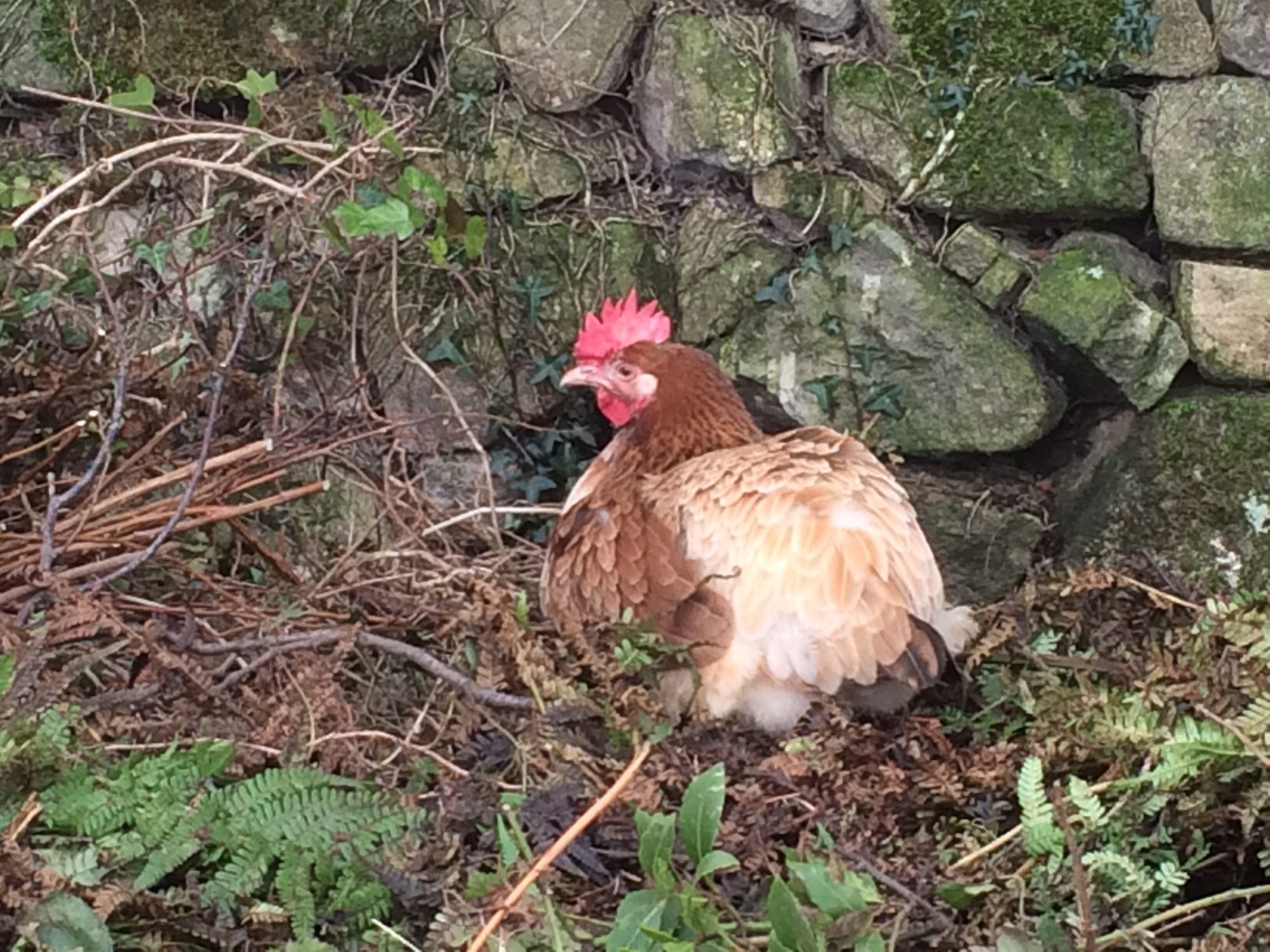ChickChuck22
Chirping
I only yesterday got my first ever marans, a POL French wheaten and a POL French copper black. I am soooooo excited, and have waited so long for them and they're finally here!
Although I will not be showing either, what are peeps' opinions on them. I will try and get some better picks but for now:


Although I will not be showing either, what are peeps' opinions on them. I will try and get some better picks but for now:

